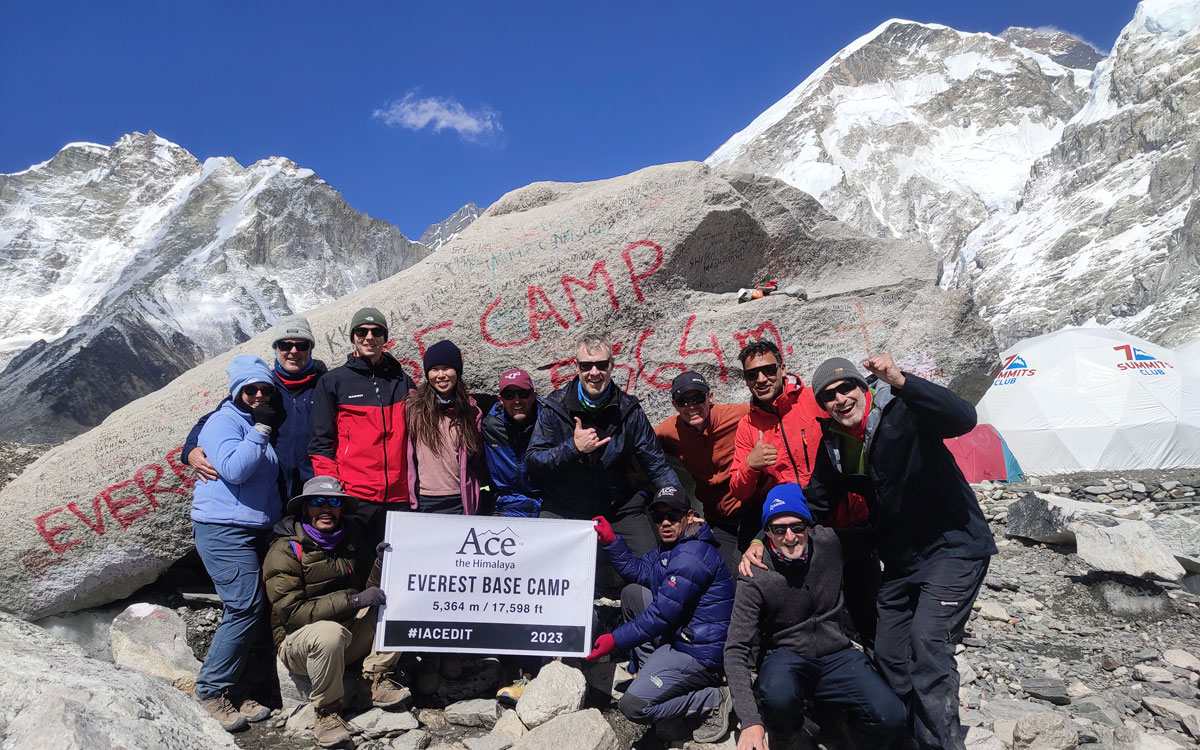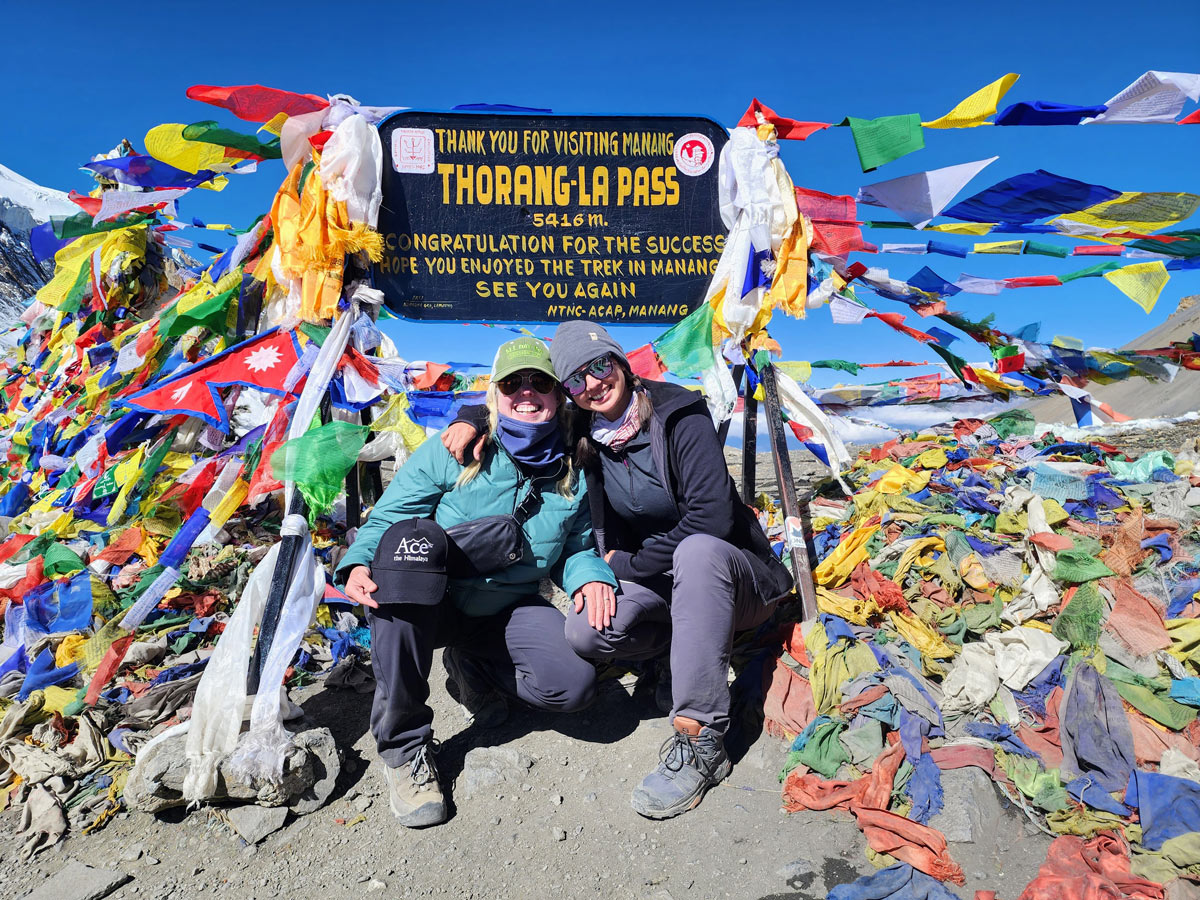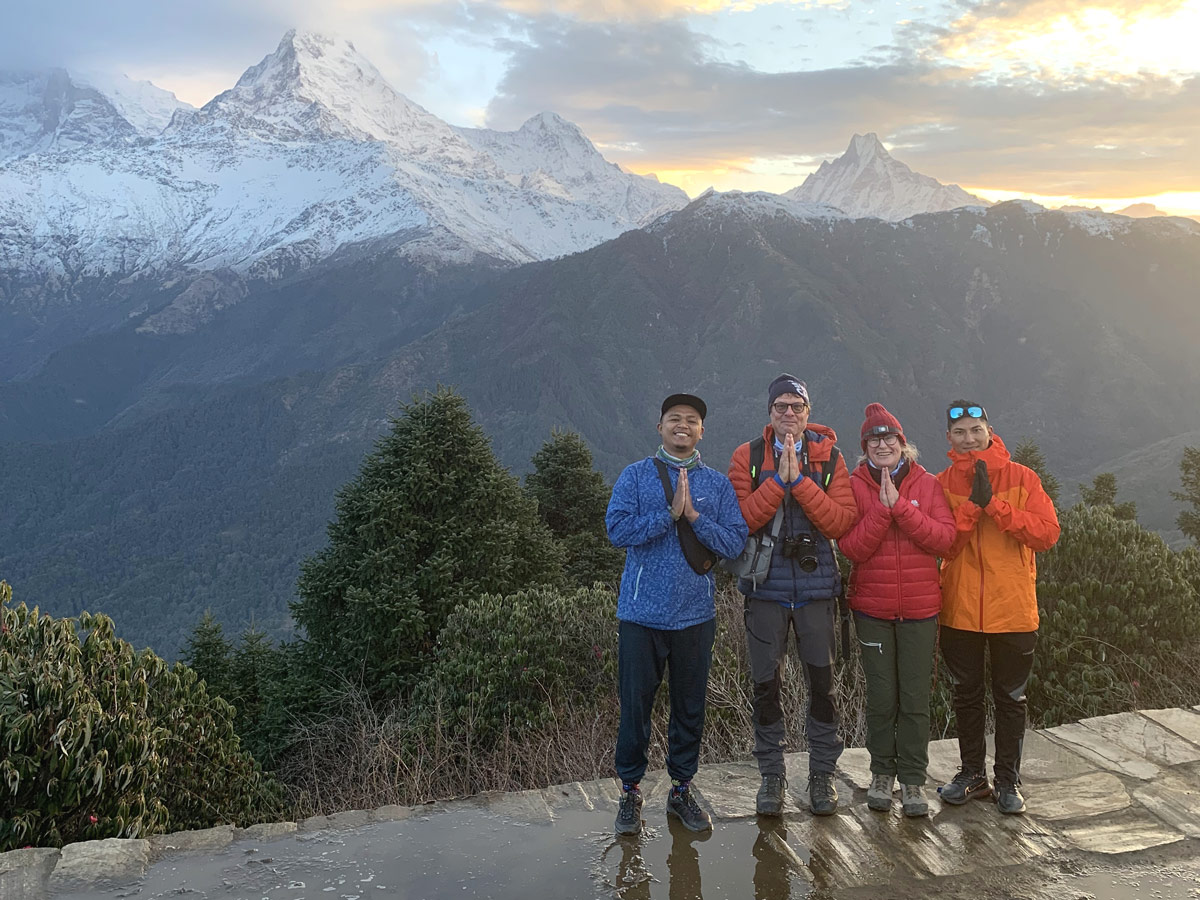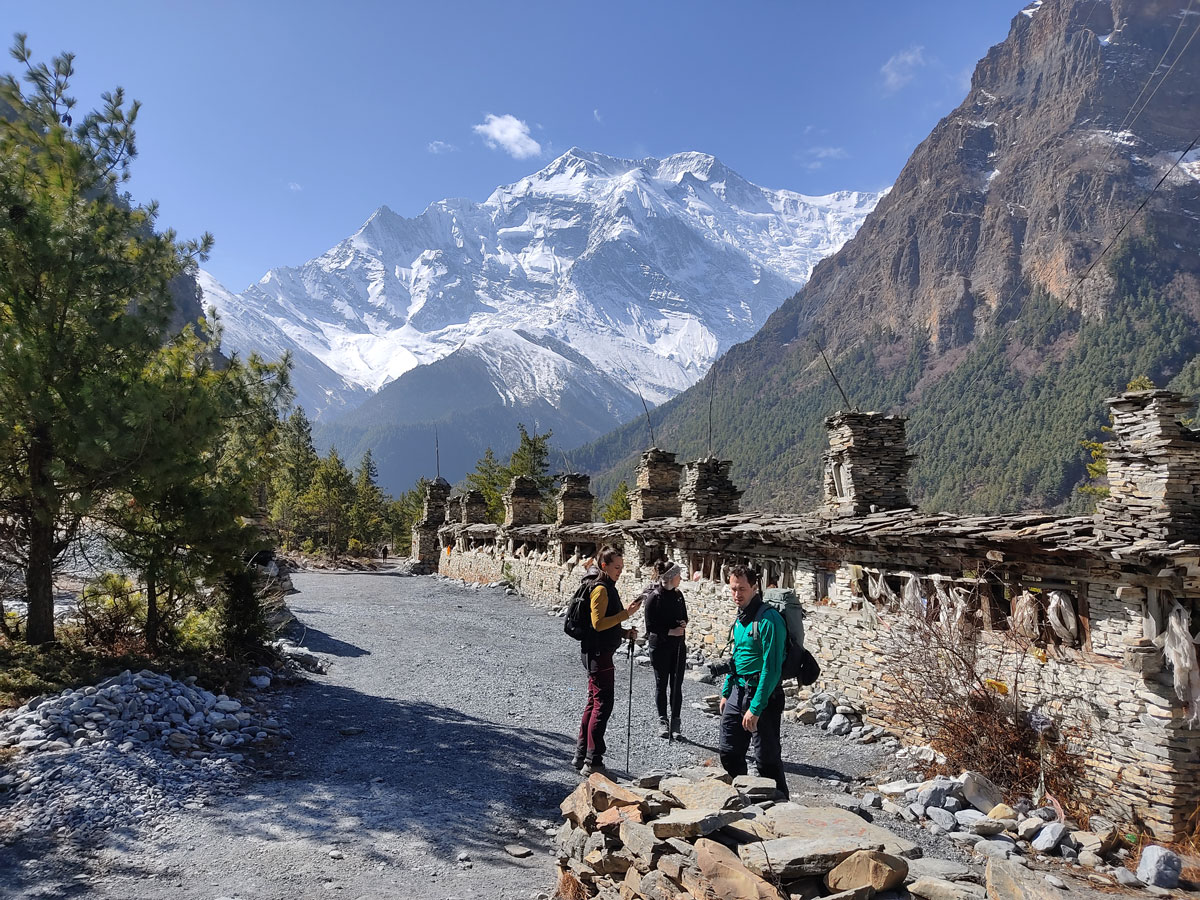For the vision that had our years of patience, and months of preparations, in this month’s blog, we’ll talk about the “Best time for Everest Base Camp Trek”.
Concerning that we want to give as much information as we could to all travelers, this is a comprehensive writing on Everest Base Camp Season. With the motive to assist you in planning your Everest Base Camp trek during your preferable season.
It is only worth saving up for Everest hiking if you know the Best Time For Everest Base Camp Trek.
So, now let’s dwell on the words of literature in which we share with you the stories about the Everest trekking season.
Starting from the most popular months March, April, May, September, October, and November are the best month to travel to the Everest base camp trek. However, the best season for your travel also relies on the specific activities you prefer during the journey.
Suppose you prefer a quieter hiking experience and value tranquility and solitude in nature. In that case, the off-season months of January, February, June, July, August, and December are considered the best as they are the less crowded seasons.
During these months, you can enjoy hiking in peace, connect with the local community, and fully immerse yourself in the beauty of nature.
Moving on here’s a detailed description of the Everest Base Camp Trekking seasons, including what each season offers and the temperature at Everest Base Camp:
Spring Season (March/April/May/June): Best time for Everest Base Camp Trek
Trekking to Everest Base Camp in the spring season, which encompasses the months of March, April, May, and June, is widely regarded as one of the best Everest trekking seasons to undertake this adventure.
The region experiences a significant influx of tourists during this season, making it somewhat crowded compared to other times of the year.
Spring in the Everest region welcomes visitors with a spectacular display of seasonal flowers, including the national flower of Nepal, the Rhododendron, locally known as “Laliguras.” The vibrant blossoms add an enchanting touch to the trekking experience, creating a visually captivating landscape.
One of the primary advantages of Everest Base Camp Trek in Spring Season is the exceptionally favorable weather.
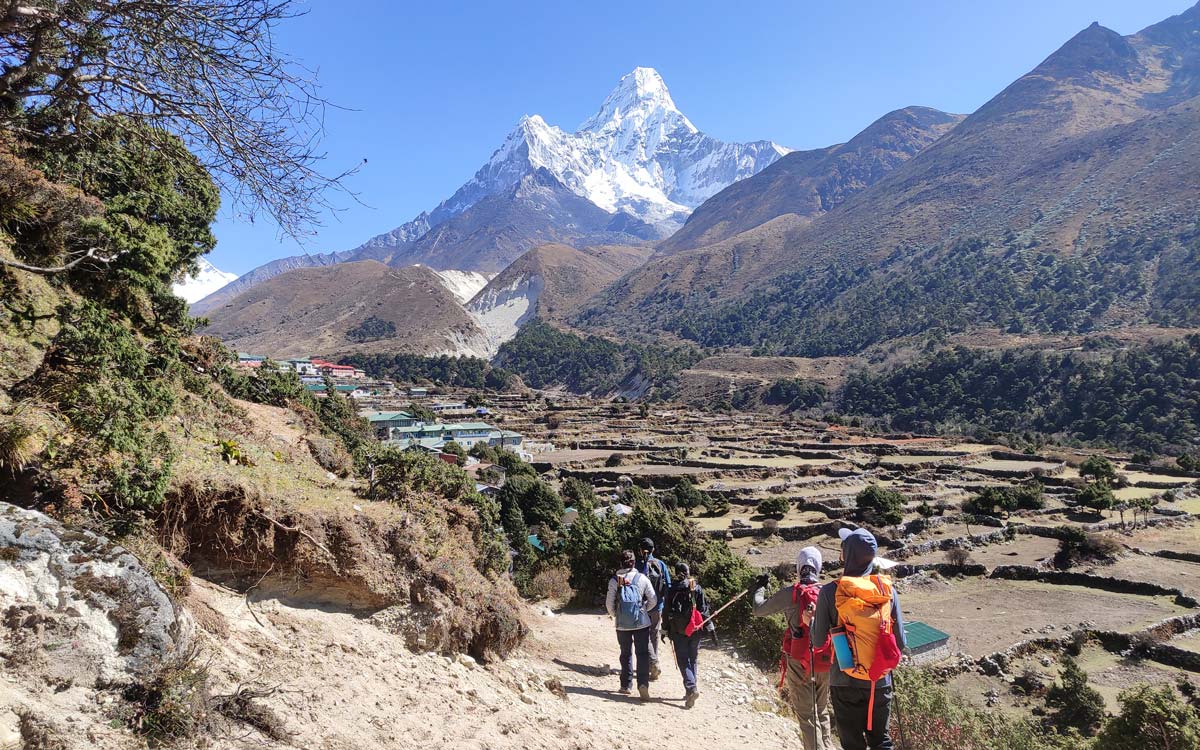
The average temperature during this time ranges around 20°C (68°F), with clear days offering highs of 25°C (77°F). However, at night and higher altitudes above 4000 meters, temperatures can drop significantly to as low as -15°C (5°F).
Nonetheless, overall, the weather conditions are quite pleasant, making it an ideal period for hiking and climbing not just Everest Base Camp & Mt. Everest but also neighboring peaks like Lobuche Peak and Island Peak in the Everest region.
Another advantage of Everest Base Camp Trek in Spring Season is the regular and reliable flights from Lukla. Lukla serves as the gateway to the Everest region, and during this season, flights operate daily, facilitating easy access for trekkers.
Moreover, spring offers excellent visibility, allowing trekkers to enjoy clear views of the magnificent Himalayan peaks. The panoramic vistas of snow-capped mountains, including Mount Everest, are truly awe-inspiring and provide a memorable experience for trekkers.
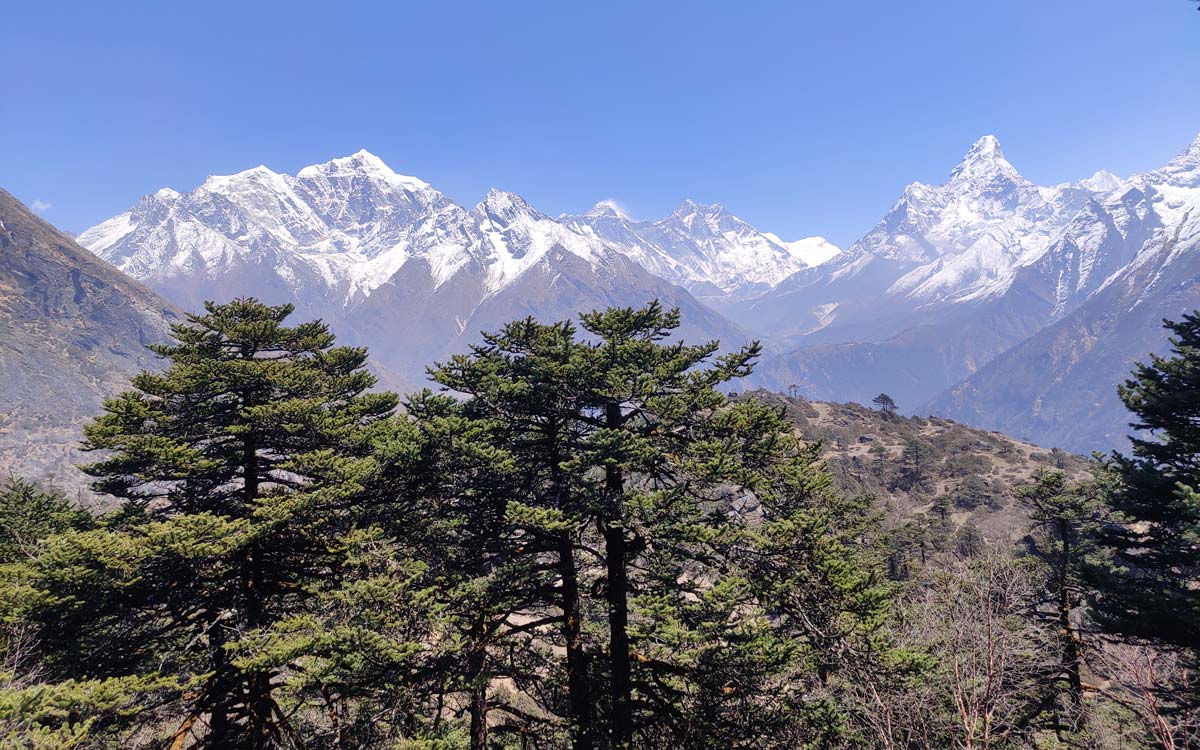
Spring marks the beginning of the trekking season in Nepal, and therefore, it presents an exciting and lively atmosphere.
Trekkers can join the enthusiastic community of fellow hikers, creating a sense of camaraderie and shared adventure along the trail.
However, it’s important to consider the potential disadvantages of trekking to Everest Base Camp in the spring season.
The popularity of this period leads to overcrowding on the trekking trails, particularly in popular sections. This can sometimes result in congestion and make the trek more challenging, as you’ll need to navigate through crowds of trekkers.
Everest Base Camp Trek in Monsoon Season (July/August through Mid-September)
The Everest Base Camp Trek in Monsoon Season, which spans from July to mid-September, comes with its own set of advantages and disadvantages.
The monsoon season in Nepal is characterized by heavy rainfall, resulting in muddy and slippery trails throughout the region. However, as you ascend to higher elevations, the amount of rainfall tends to decrease.
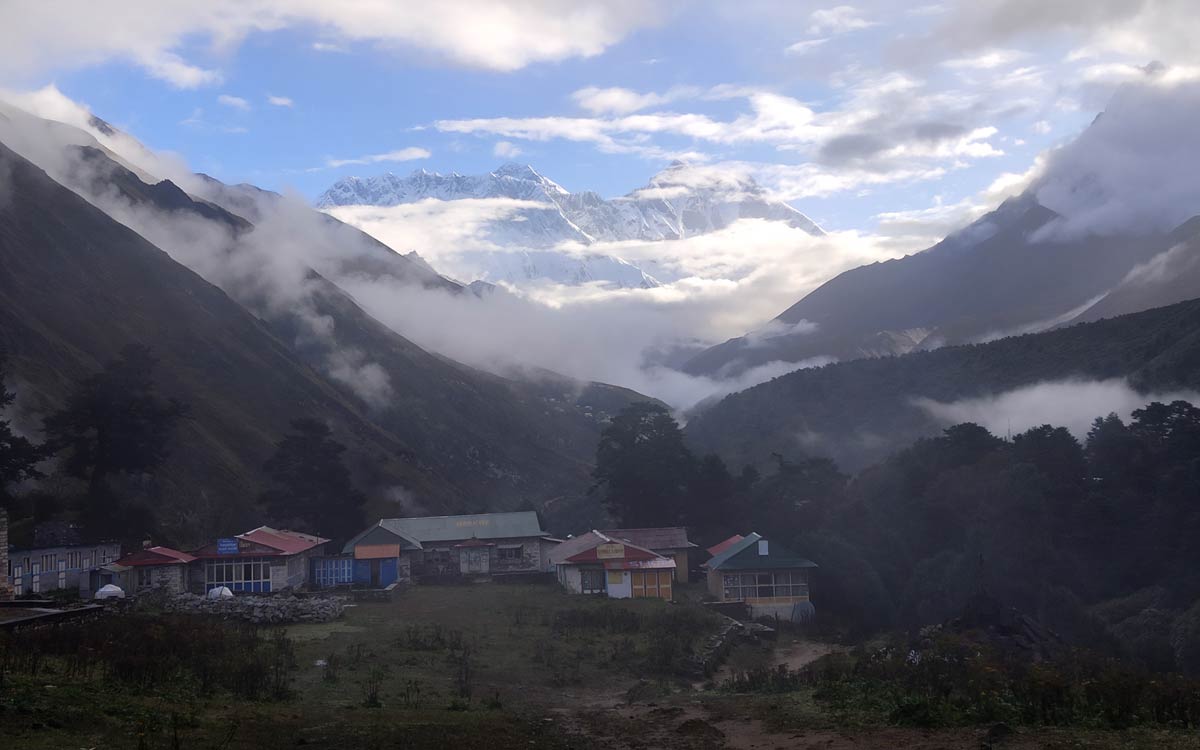
Despite the challenging trail conditions, the monsoon season offers a unique experience for trekkers who are well-prepared with proper rain gear.
One of the advantages of the Everest base camp trek in monsoon season is the reduced number of crowds on the trails.
Monsoon is considered the off-season for trekking in Nepal, so you can enjoy a more peaceful and secluded trekking experience, with fewer fellow trekkers around.
Moreover, the Everest base camp trek in monsoon season brings vibrant wildflowers along the trail, adding a touch of natural beauty to the surroundings.
The blooming flowers create a picturesque landscape, providing trekkers with a visually enchanting journey.
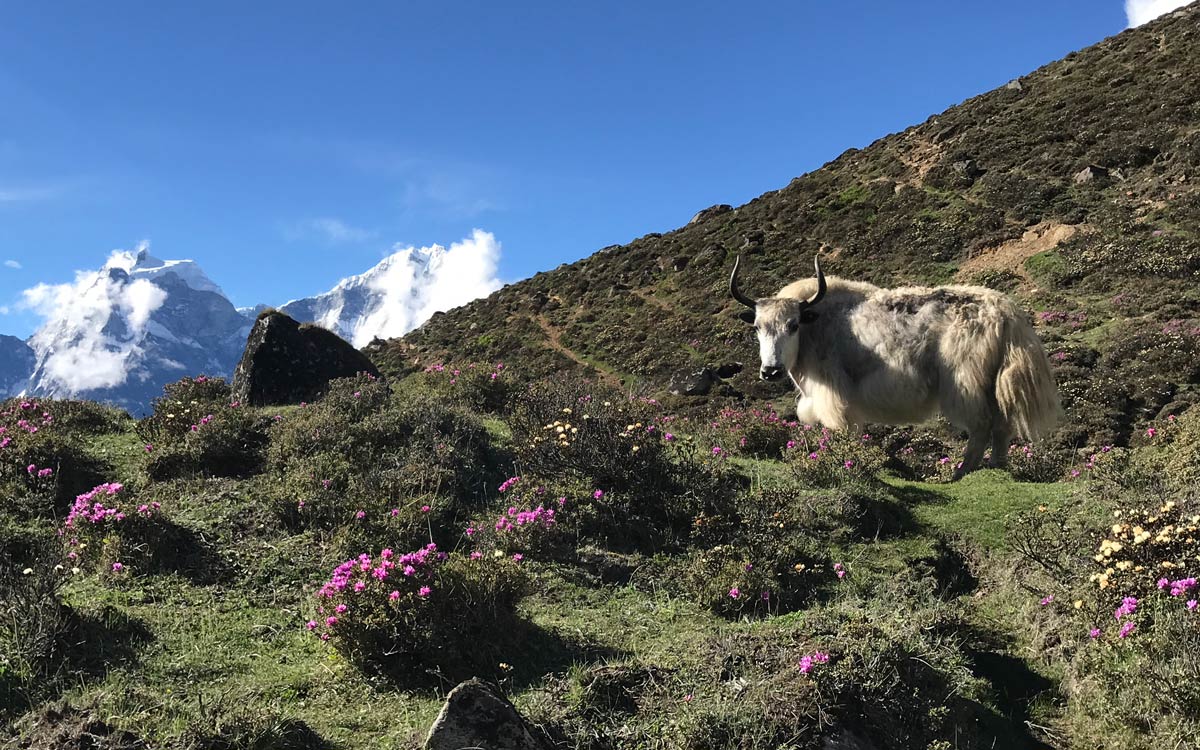
It’s important to note that during the monsoon season, the average temperature hovers around 22°C (71.6°F), with highs reaching 30°C (86°F) on clear days. However, at higher elevations above 4000 meters, the temperature can drop to as low as -5°C (23°F) overnight.
Therefore, it is crucial to stay alert and pack all the necessary gear to stay comfortable and safe in varying weather conditions.
Despite these advantages, there are certain disadvantages of the Everest base camp trek in monsoon season.
The trails can become extremely slippery and muddy due to the heavy rainfall, making the trek more challenging and potentially hazardous. Trekkers need to exercise caution and take extra care while navigating these conditions.
Additionally, the monsoon season often results in flight delays and cancellations, particularly in Lukla, the starting point of the Everest Base Camp trek.
The unpredictable weather conditions can disrupt flight schedules, requiring trekkers to be prepared for potential delays and the need for additional days in their itinerary.
Everest Base Camp Trek in Autumn Season (End of September/October/November)
The autumn season, spanning from the end of September through October and November, is widely regarded as the best time for the Everest Base Camp trek.
It offers a delightful combination of pleasant weather, clear skies, and breathtaking views, making it a popular choice among trekkers.
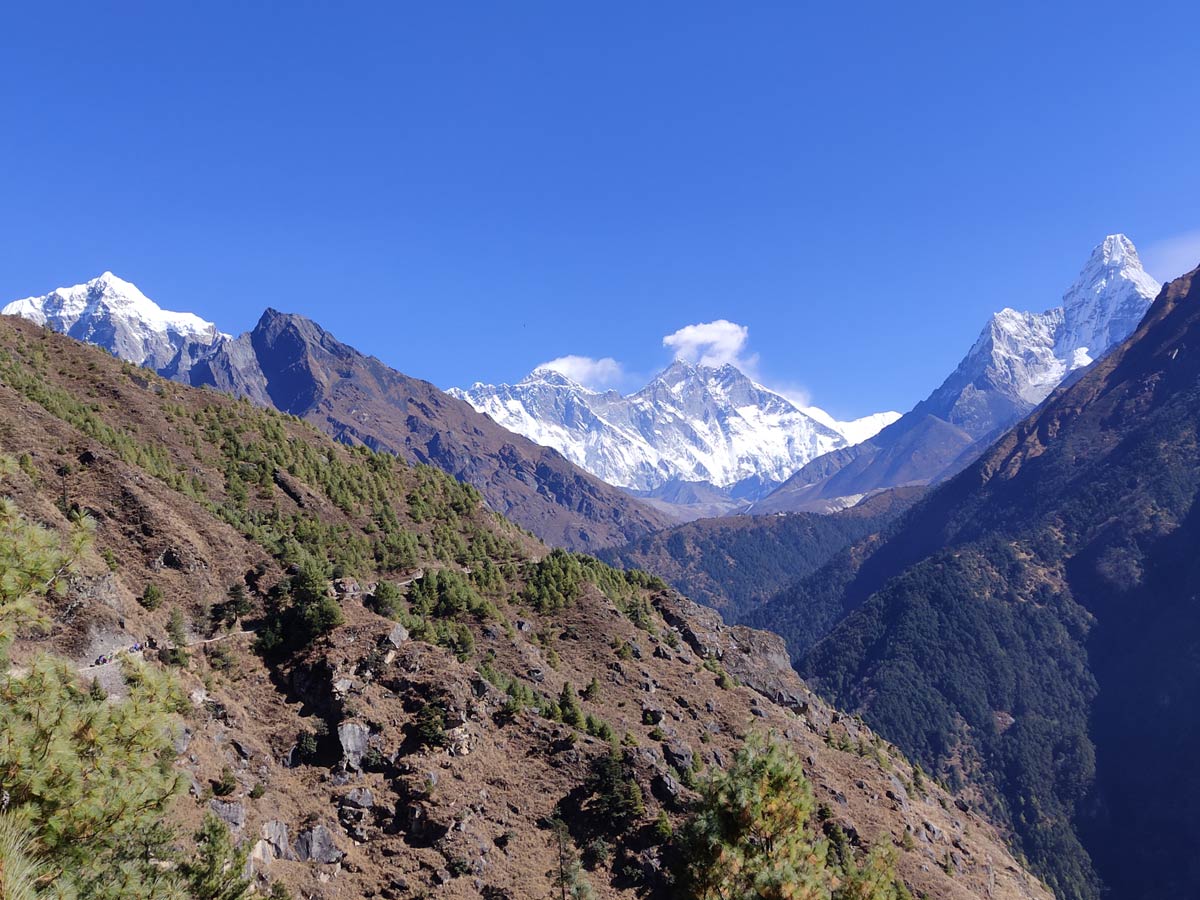
As you embark on the rugged trails Everest base camp trek in autumn season, you’ll witness the transition of lush green valleys into warm, vibrant colors at dawn.
The season welcomes you with crisp mountain air that carries a hint of freshness, invigorating your senses with each step you take.
The average temperature during autumn is around 17°C (62.6°F), with highs reaching 20°C (68°F) on clear days. At higher altitudes above 4000 meters, temperatures can drop as low as -15°C (5°F) overnight.
The mild temperatures and favorable weather conditions make it an ideal choice among the Everest Trekking Seasons.
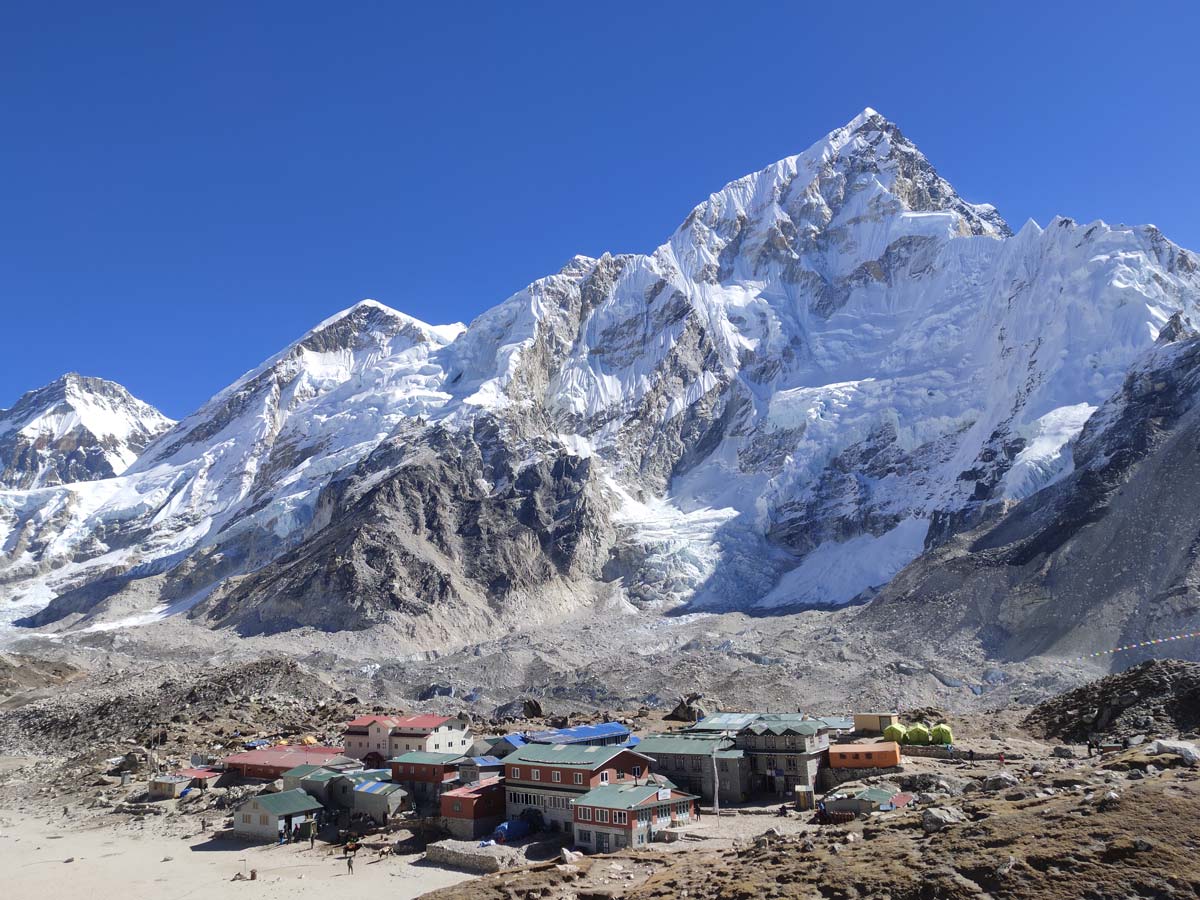
One of the advantages of the Everest base camp trek in autumn season is the opportunity to experience the biggest festivals in Nepal, Dashain and Tihar.
These festivals bring a vibrant atmosphere to the country, with colorful decorations, cultural celebrations, and a sense of joy and togetherness. Participating in these festivals can add a unique cultural dimension to your trekking adventure.
Additionally, the Everest base camp trek in autumn season is a popular time for trekkers from around the world.
You’ll have opportunities to meet and connect with fellow travelers from different backgrounds, creating a sense of camaraderie and shared experiences along the trail.
EBC Trek in Winter Season (December/January/February)
Everest base camp trek in the winter season, which encompasses the month of December, January, and February, presents a unique and challenging adventure amidst the snowy and vibrant beauty of the mountains.
It is a time when the trails are less crowded, creating a sense of purity and stillness that immerses you in a peaceful ambiance.
However, it’s important to note that the Everest base camp trek in winter season in Nepal comes with its challenges and requires proper preparation.
The average temperature in the Everest region during winter is around 10°C (50°F), with highs reaching 17°C (62.6°F) on clear days. However, at night and at higher altitudes above 4000 meters, temperatures can drop as low as -20°C (-4°F).
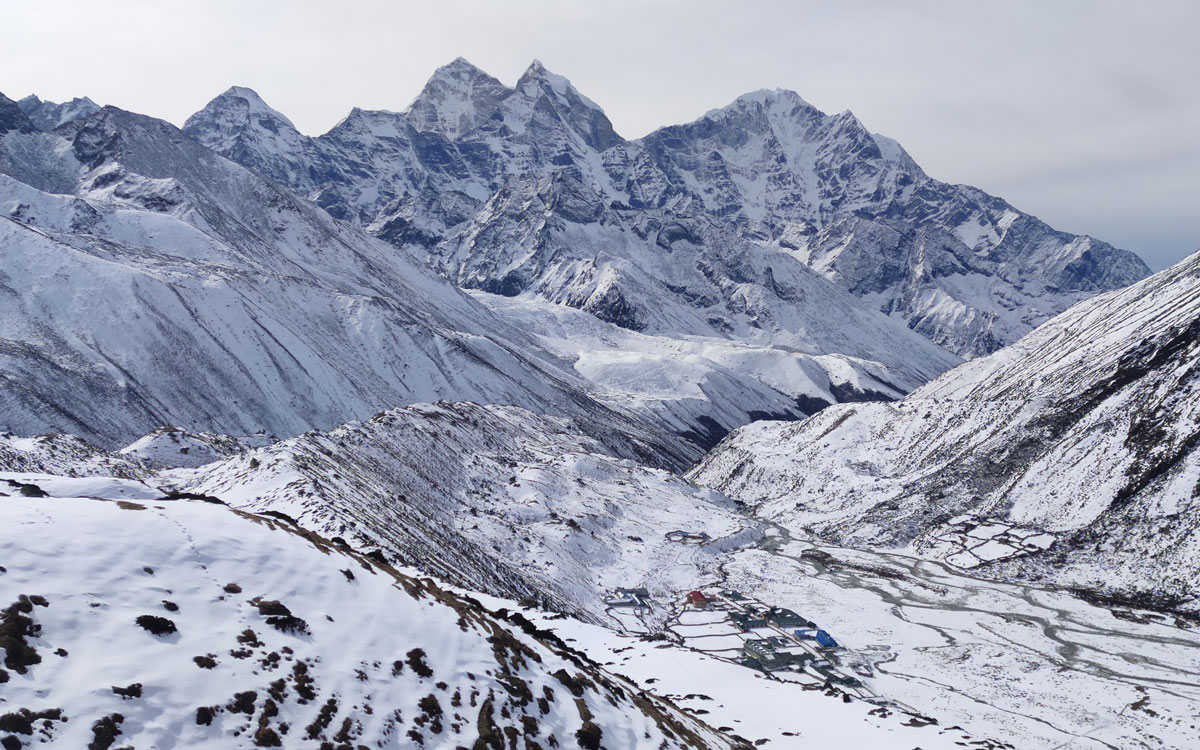
It is crucial to equip yourself with the right winter trekking gear to stay warm and protected in such extremely cold conditions. Tea houses along the trail also provide extra blankets to ensure warmth during the night.
Despite the challenges, the Everest base camp trek in winter season offers some advantages. One of the benefits is witnessing the recent snowfall, which transforms the landscape into a winter wonderland.
The pristine white snow adds a magical touch to the surroundings, creating a breathtaking experience for trekkers.
Moreover, the trails during winter see less traffic compared to other seasons, providing a more solitary and intimate trekking experience.
The solitude and tranquility of the snowy mountains can be quite captivating, allowing you to connect with nature in a unique way.
However, it’s essential to be aware of the disadvantages of trekking to Everest Base Camp Trek in Winter Season. The extreme cold at night can be particularly challenging, and temperatures below 0°C are common.
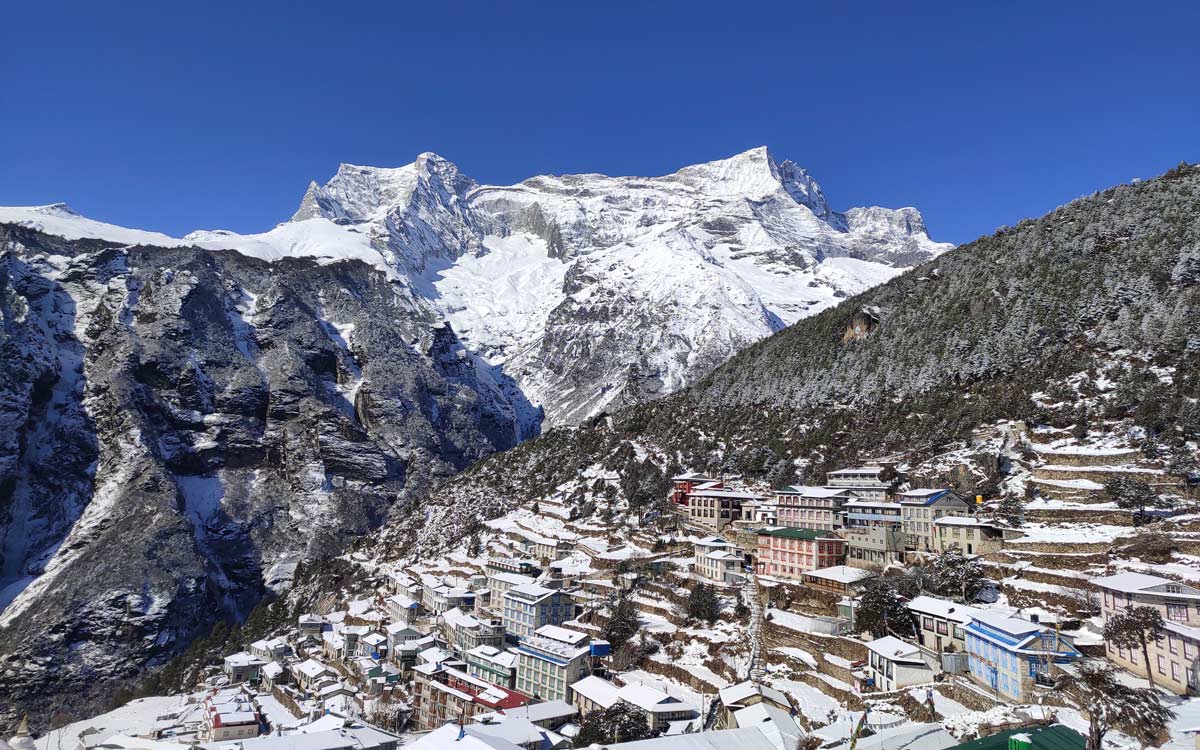
It is crucial to be well-prepared with suitable clothing, footwear, and equipment to withstand the cold and protect yourself from the elements.
Therefore, the Best Time for the Everest Base Camp trek lies in the diverse preferences of the adventurers. By acknowledging that the best month to hike Everest Base Camp to undertake the remarkable journey is subjective, we recognize the individual’s desire for a personalized experience amidst nature’s splendor.
Whether one seeks solitude in the less crowded seasons or thrives on the energy of the peak season, both choices offer unique opportunities for awe-inspiring encounters with the majestic Himalayas.
Embracing the freedom to choose allows each adventurer to craft a truly unforgettable and tailor-made Everest Base Camp trek.
